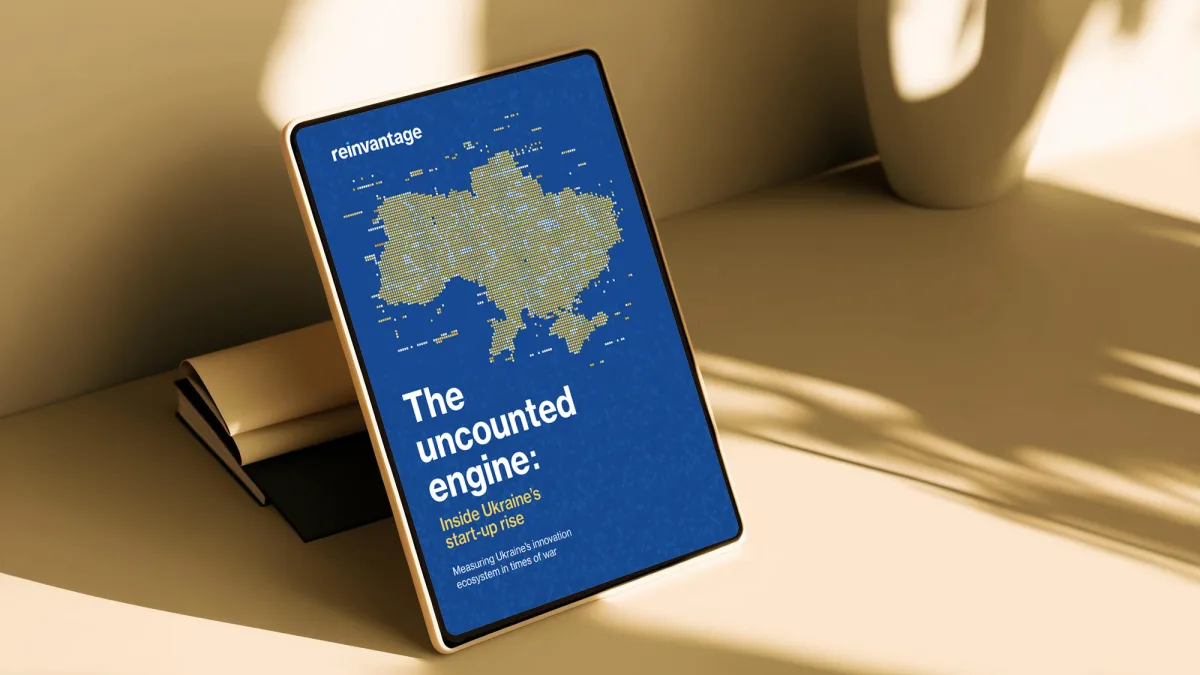We often talk about reinvention as a process of building—new systems, new strategies, new directions. But the harder, quieter part of reinvention is not what we build. It’s what we leave behind.
Letting go isn’t dramatic. It doesn’t always involve a crisis or a bold announcement. Sometimes it’s simply recognising that something which once worked—sometimes brilliantly—no longer serves where you need to go next.
That recognition is uncomfortable. Especially when the thing you’re letting go of brought success, identity, or clarity. But reinvention doesn’t happen by adding more. It happens by making space.
For the last decade, our work at Emerging Europe has been closely associated with a region. That identity shaped our positioning, our partnerships, our purpose. And for years, it worked. It gave us focus. It gave others a way to understand us. But we’ve reached a point where that regional lens no longer reflects the scale—or the nature—of the work we do.
So we’re letting it go. Quietly, deliberately, and without apology.
Because reinvention isn’t always a pivot. Sometimes, it’s a release.
This isn’t just about branding. It applies to careers, relationships, routines, and ambitions. We build around certain versions of ourselves. We invest in directions that make sense at the time. But the problem comes when those directions become obligations. When we continue simply because we’ve already begun.
One of the most overlooked parts of personal and professional growth is knowing when to stop—even when things are still functioning. Letting go before it’s forced. Shifting before it’s obvious.
That’s the discipline of reinvention. Not waiting for failure to justify change.
Letting go of the architecture of the past
The truth is, most reinvention efforts fail not because people resist building something new—but because they struggle to dismantle what already exists. Old narratives. Familiar roles. Comfortable metrics. The architecture of the past.
But reinvention isn’t a celebration of what’s next. It’s a reckoning with what no longer fits.
Letting go doesn’t mean erasing the past. It means no longer being defined by it. It means holding success lightly. It means being willing to say: This worked. And now, something else is needed.
That mindset is what allows reinvention to be continuous—not just reactive.
As a company, we’re moving forward with that clarity. Expanding the frame. Rewriting what we stand for. Not because we failed, but because we’ve evolved. That shift is quiet, but essential.
And it’s a reminder to anyone at a turning point—organisational or personal: reinvention isn’t about having all the answers.
It’s about being honest enough to admit when the questions have changed.
Photo: Dreamstime.







